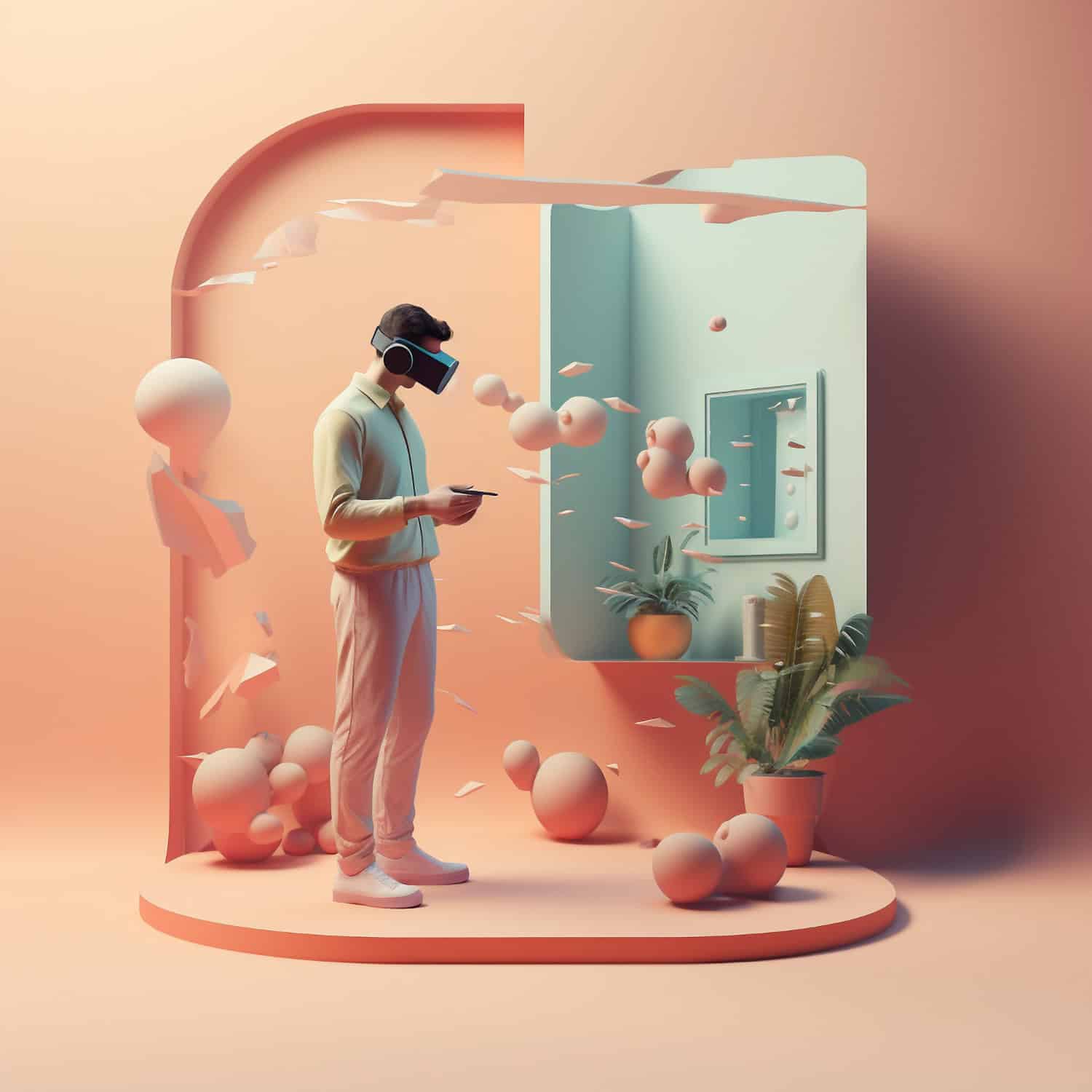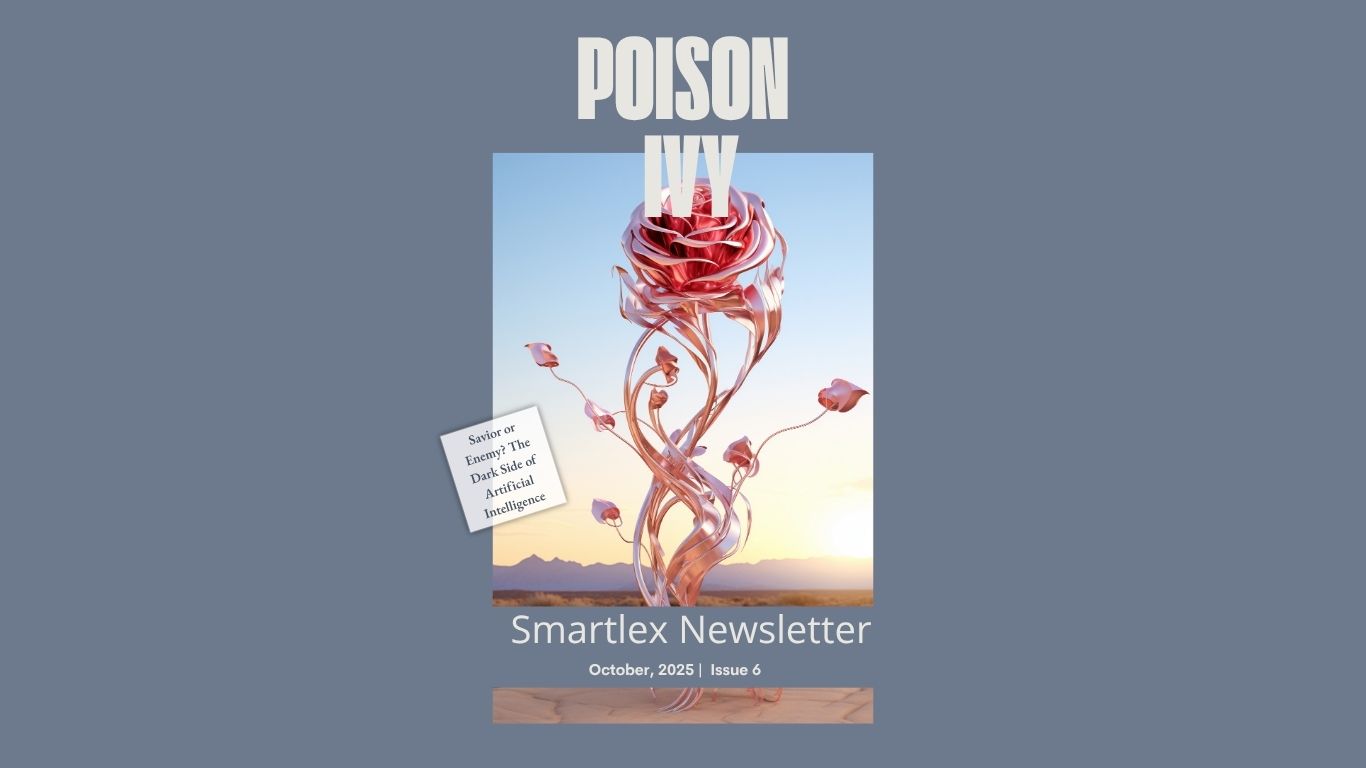What is a vampire attack?
A vampire attack is the practice of copying and distributing an existing DeFi protocol or smart contract service to alienate users and investors, but offering better rates or more rewards than the previously created and copied protocol. Cloning a DeFi protocol is generally pretty simple. Protocol maintainers often even provide the code and test suite in a public repository, for example on Github. Copycat protocols could threaten the health of the DeFi ecosystem by dividing the market and fragmenting the user base. Additionally, legal issues such as intellectual property rights also come to the fore with these copying actions.
Cloning of DeFi Protocols: Innovation or Threat?
The DeFi ecosystem is growing rapidly thanks to the transparency and accessibility brought by open source code. However, this same transparency also paves the way for malicious actions known as vampire attacks, which involve copying original DeFi protocols. Copying makes it possible to save on development costs and use these savings to attract users. Original protocols may lose users due to better terms offered by imitators. These copies may also contain vulnerabilities and expose users to unknown risks. This can lead to serious problems in terms of both reputation management and user security. Emphasizing auditing processes and best practices to increase the security of smart contracts can help protect DeFi users and investors.
WHAT IS STATE OF THE ART?
“Technological marvel/state of the art” is a phrase used to describe the highest overall level of development achieved in a device, technique, or scientific field at a particular time. It refers to the most advanced, current or cutting-edge methods, technologies or designs available. The term is often used in the context of technology but can also be applied to other fields such as science, medicine, and engineering. For example, a state-of-the-art medical procedure will be the most effective and innovative procedure available in treating a particular condition. The concept of “state of the art” is constantly evolving as new technologies and methods are developed. What is considered cutting-edge technology today may become obsolete within a few years. However, keeping up with the latest technology is essential for progress in every field.
Here are some examples of the latest technologies: Artificial intelligence, Quantum computers, virtual reality, augmented reality, gene editing, 3D printing nanotechnology.
All of these technologies are relatively new and have the potential to revolutionize many aspects of our lives. But they are also complex and expensive, and it may take some time for them to be widely adopted. The term “state of the art” can also be used to describe something that is of the highest quality or workmanship.



